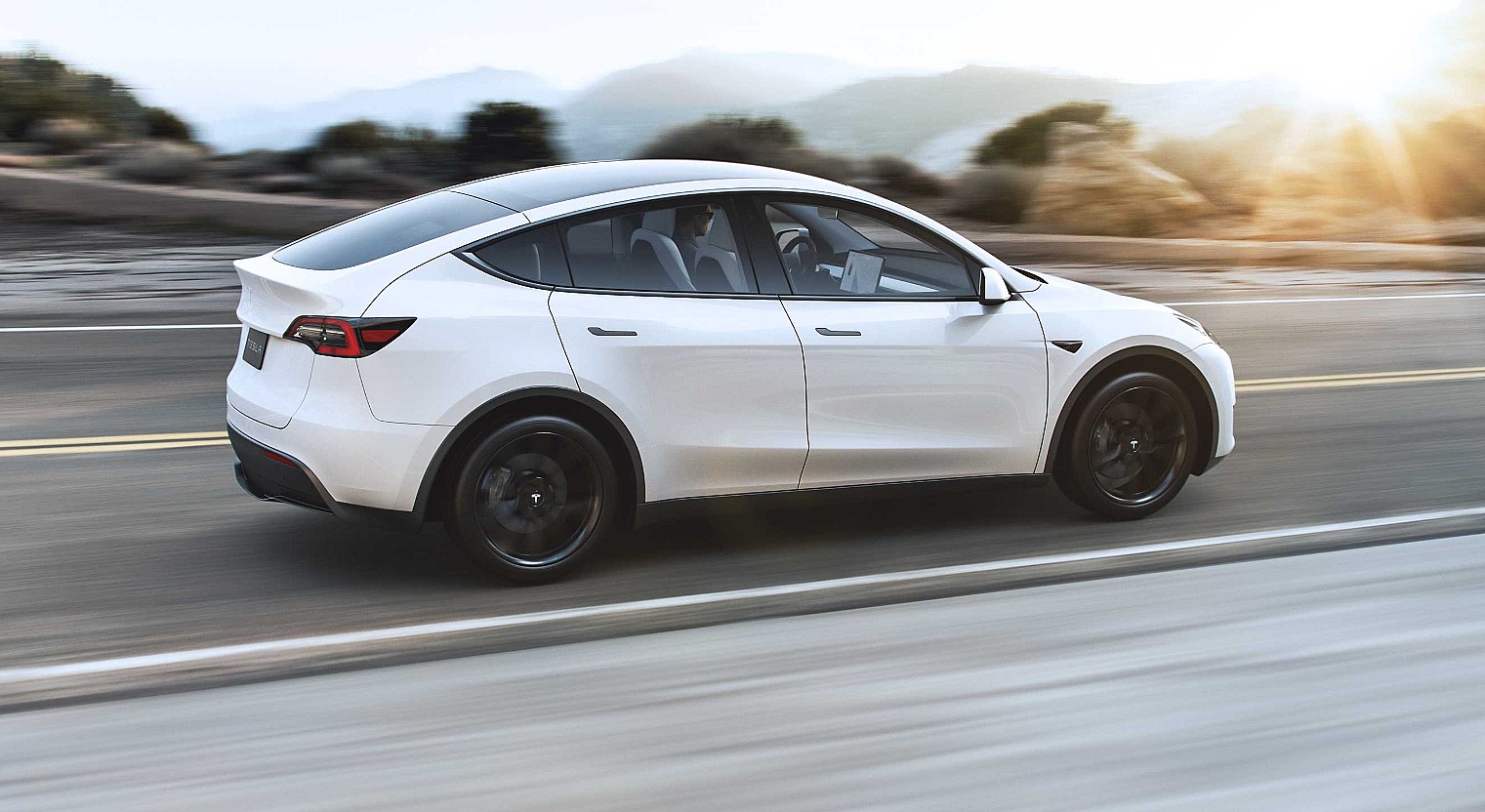
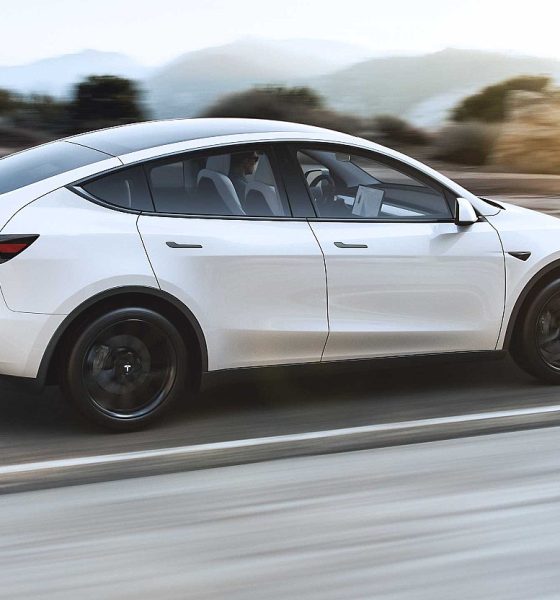
Tesla Model Y
The Tesla Model Y is perfectly timed for Europe’s crossover market growth
The Model Y may be Tesla’s most disruptive vehicle yet, and this will likely be evident in Europe, where crossover sales are expected to increase in the coming years. Tesla’s Giga Berlin is estimated to go online in July 2021 and it will start with the production of the Model Y. Looking at the target timeframes for the facility, Elon Musk’s electric car company seems to have timed the rollout of the crossover perfectly to make most of its potential the region.
The Silicon Valley-based carmaker continues its progress in Grunheide. Just this week, the state government announced that there’s enough water for the upcoming car factory and reassured local residents, businesses, and concerned environmental groups that Tesla will not compromise their water supply. The state parliament is also waiting for the second appraisal of the industrial property where Giga Berlin will be built. Once that review is done, the purchase is expected to be completed and that’s practically a green light for full construction activities to begin.
While Tesla will get busy this year in building Giga Berlin from the ground up, LMC Automotive believes the sales of compact SUVs in the region will be flat. The automotive forecasting firm predicts that sales in the segment will just hit the 2 million mark as car manufacturers transition from older vehicles to EVs. Just as Giga Berlin turns its gears to mass-produce the Model Y, LMC expects an uptick in crossover sales to 2.1 million units per year, rising to about 2.8 million by the mid-2020s.
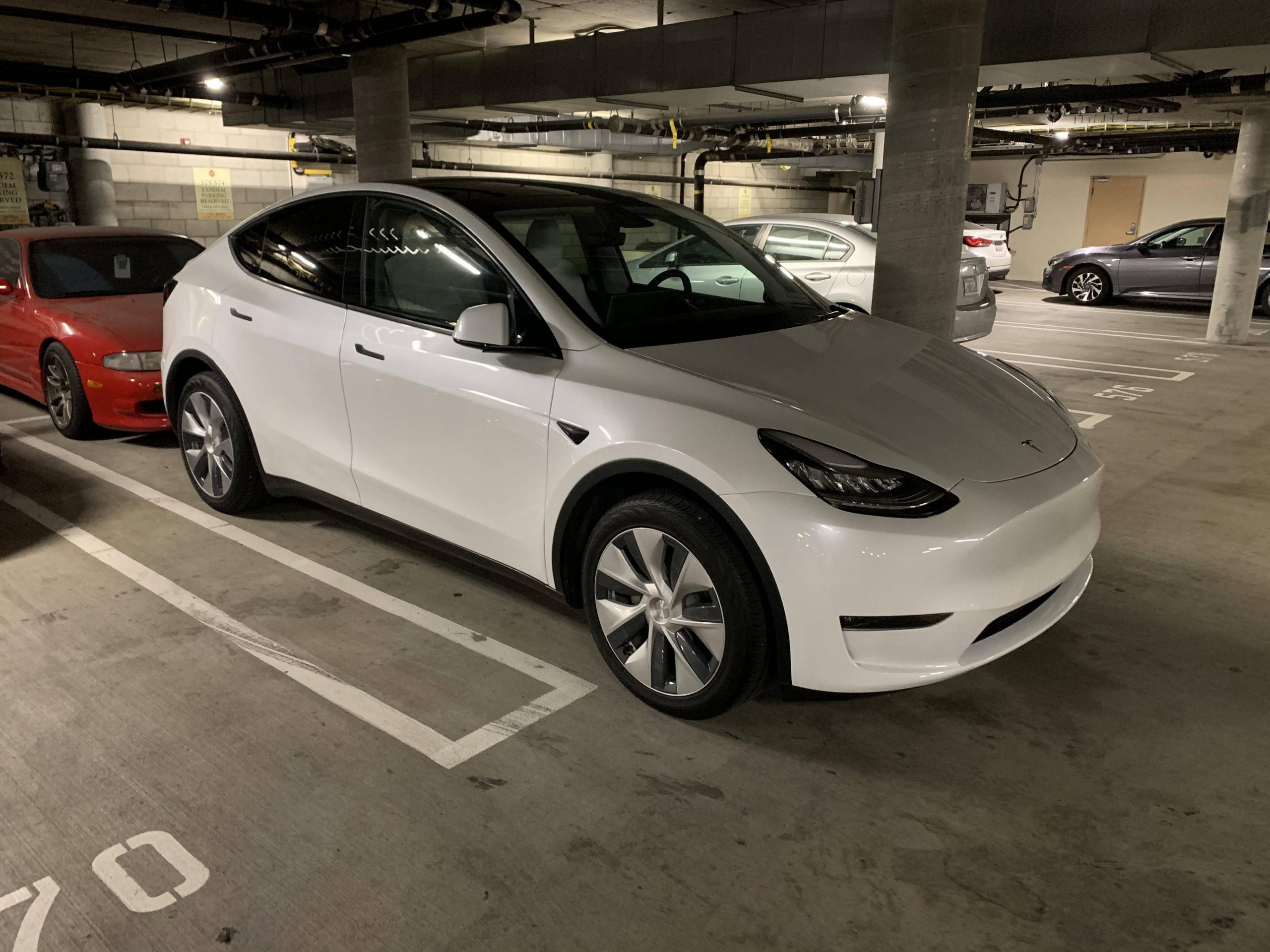
In the first 11 months of 2019, JATO Dynamics plotted an increase in compact SUV sales in several European countries such as Germany (12%), the UK (6.2%), France (4.3%), Italy (1.7 percent), and Spain (5.2%), but this trend might be disrupted this year as carmakers introduce new vehicles designed to meet tougher European emissions requirements.
The effectivity of the tough emission regulations started Jan. 1 this year. New vehicles are expected to spew out lesser carbon dioxide or to be more precise, about 95 grams of CO2 on average per kilometer by 2021. If automotive manufacturers fail to meet this standard, they can expect hefty fines that overall may reach billions of dollars. Europe’s car industry may not be fully prepared for this. Even German car giants such as Volkswagen are struggling to keep up.
The star of the show will be green vehicles, particularly all-electric cars. Tesla does not have the weight of fuel-guzzling vehicles in its fleet, and it also has the Model 3 that drove the EV market growth in Europe by becoming the third best-selling model last December 2019. With the Model Y estimated to start rolling out from Giga Berlin by 2021, Tesla will be able to meet the predicted demand for compact SUVs, which, according to estimates, will be higher then. This could result in the all-electric crossover seeing a lot of success in the European market.
Between now and when the Germany-made Model Y hits the market, Tesla would be in a good position to make use of “advanced manufacturing technologies” and “battery technologies that can blow people’s minds.” Such factors may increase production, lower the cost of vehicles, and increase profit margins. All these three can be utilized for Tesla’s Model Y push.
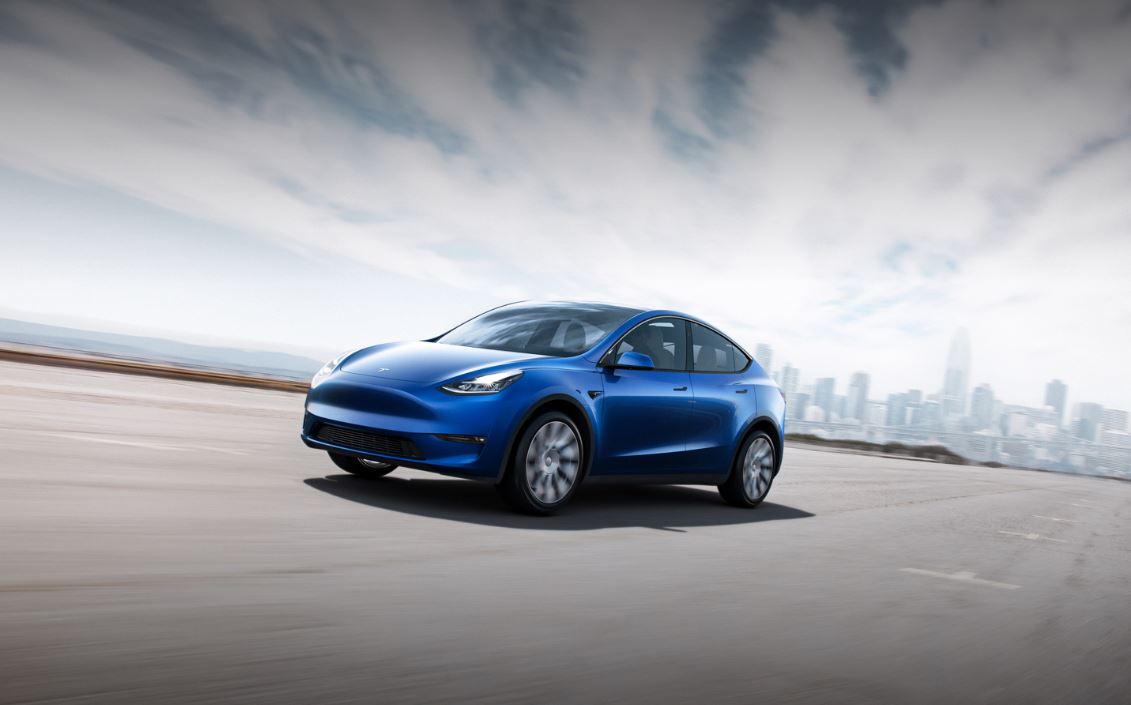
In a way, Germany is already laying a path for the arrival of compelling all-electric crossover SUVs. The German government is encouraging consumers to buy electric cars using purchase grants and ownership tax exemption for 10 years. The country also halved its company car taxes, and has introduced perks such as free parking and the use of bus lanes, among others.
All Tesla has to do is make sure it produces enough units of the Model Y to meet the demand in the region. Unlike its competitors, Tesla makes pure EVs, so the CO2 emission of its fleet will meet regulations. It’s years ahead in terms of battery technologies that are practically the lifeblood of the EV industry as well. Before competitors catch up, Tesla would be in another position that will make legacy carmakers scratch their heads.
Fortunately for Tesla, the Model Y is the product of years’ worth of innovations in vehicle production, including the painful growing pains that the electric car maker experienced with the Model 3. Details about the Model Y’s production process are few for now, though speculations are abounding that the crossover will adopt a number of design elements that will make it simple and cost-effective to produce. This matters a lot, since the Model Y will be priced higher than the Model 3 sedan, giving Tesla more profits .
The Model Y does not just complete the S3XY vehicles of Tesla but it will be a juggernaut, that like the Model 3, will disrupt the automotive industry. As Germany’s and the rest of Europe’s air get cleaner and cleaner in the near future, Tesla’s coffers will likely be filled with some healthy profits.

News
Tesla dominates in the UK with Model Y and Model 3 leading the way

Tesla is dominating in the United Kingdom so far through 2025, and with about two weeks left in the year, the Model Y and Model 3 are leading the way.
The Model Y and Model 3 are the two best-selling electric vehicles in the United Kingdom, which is comprised of England, Scotland, Wales, and Northern Ireland, and it’s not particularly close.
According to data gathered by EU-EVs, the Model Y is sitting at 18,890 units for the year, while the Model 3 is slightly behind with 16,361 sales for the year so far.
The next best-selling EV is the Audi Q4 e-tron at 10,287 units, lagging significantly behind but ahead of other models like the BMW i4 and the Audi Q6 e-tron.
GOOD NEWS 🇬🇧 Tesla is absolutely crushing the UK electric vehicle market in 2025 💥
The numbers are in, and the dominance is clear. With an impressive amount of 42,270 vehicles delivered year-to-date, the brand now commands a solid 9.6% market share of the total auto market 🆒… pic.twitter.com/dkiGX9kzd0
— Ming (@tslaming) December 18, 2025
The Model Y has tasted significant success in the global market, but it has dominated in large markets like Europe and the United States.
For years, it’s been a car that has fit the bill of exactly what consumers need: a perfect combination of luxury, space, and sustainability.
Both vehicles are going to see decreases in sales compared to 2024; the Model Y was the best-selling car last year, but it sold 32,610 units in the UK. Meanwhile, the Model 3 had reached 17,272 units, which will keep it right on par with last year.
Tesla sold 50,090 units in the market last year, and it’s about 8,000 units shy of last year’s pace. It also had a stronger market share last year with 13.2 percent of the sales in the market. With two weeks left in 2025, Tesla has a 9.6 percent market share, leading Volkswagen with 8 percent.
The company likely felt some impact from CEO Elon Musk’s involvement with the Trump administration and, more specifically, his role with DOGE. However, it is worth mentioning that some months saw stronger consumer demand than others. For example, sales were up over 20 percent in February. A 14 percent increase followed this in June.
News
Tesla Model Y Standard stuns in new range test, besting its Premium siblings
Tesla’s newer vehicles have continued to meet or exceed their EPA estimates. This is a drastic change, as every 2018-2023 model year Tesla that Edmunds assessed did not meet its range estimates.
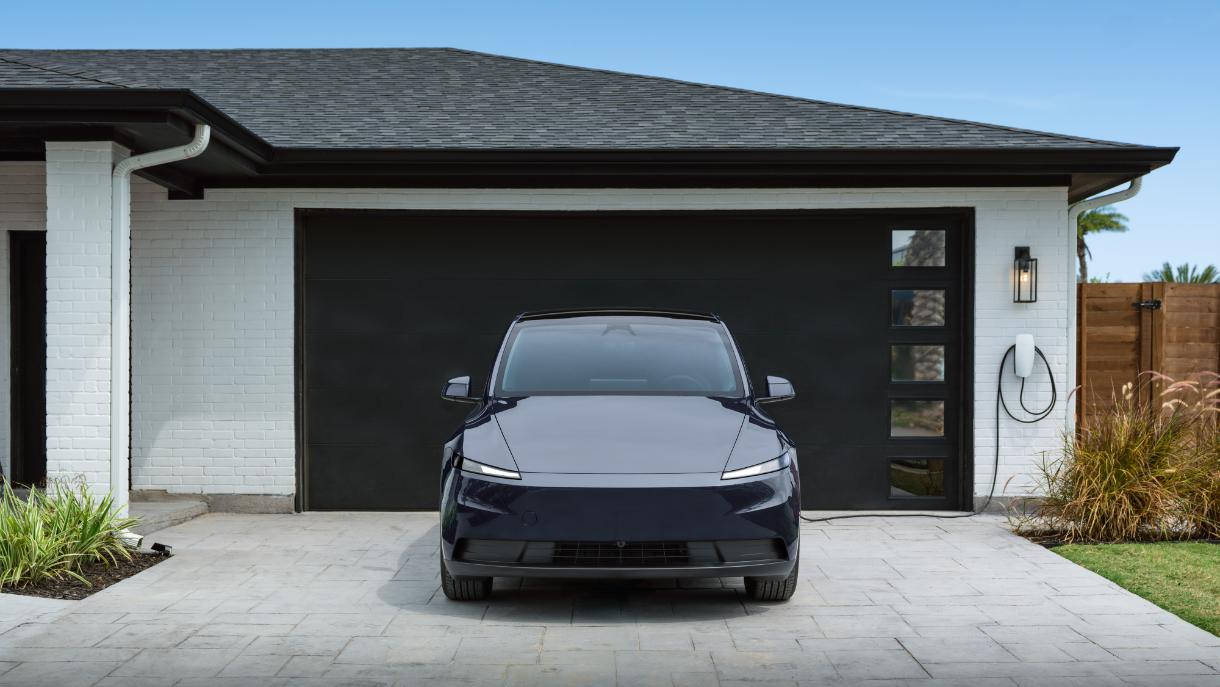
The Tesla Model Y Standard stunned in a new range test performed by automotive media outlet Edmunds, besting all of its Premium siblings that are more expensive and more luxurious in terms of features.
Testing showed the Model Y Standard exceeded its EPA-estimated range rating of 321 miles, as Edmunds said it is the “longest-range Model Y that we’ve ever put on our loop.” In the past, some vehicles have come up short in comparison with EPA ranges; for example, the Model Y’s previous generation vehicle had an EPA-estimated range of 330 miles, but only drove 310.
Additionally, the Launch Series Model Y, the first configuration to be built in the “Juniper” program, landed perfectly on the EPA’s range estimates at 327 miles.
It was also more efficient than Premium offerings, as it utilized just 22.8 kWh to go 100 miles. The Launch Series used 26.8 kWh to travel the same distance.
It is tested using Edmunds’ traditional EV range testing procedure, which follows a strict route of 60 percent city and 40 percent highway driving. The average speed throughout the trip is 40 MPH, and the car is required to stay within 5 MPH of all posted speed limits.
Each car is also put in its most efficient drive setting, and the climate is kept on auto at 72 degrees.
“All of this most accurately represents the real-world driving that owners do day to day,” the publication says.
With this procedure, testing is as consistent as it can get. Of course, there are other factors, like temperature and traffic density. However, one thing is important to note: Tesla’s newer vehicles have continued to meet or exceed their EPA estimates. This is a drastic change, as every 2018-2023 model year Tesla that Edmunds assessed did not meet its range estimates.
Tesla Model Y Standard vs. Tesla Model Y Premium
Tesla’s two Model Y levels both offer a great option for whichever fits your budget. However, when you sit in both cars, you will notice distinct differences between them.
The Premium definitely has a more luxurious feel, while the Standard is stripped of many of the more premium features, like Vegan Leather Interior, acoustic-lined glass, and a better sound system.
You can read our full review of the Model Y Standard below:
Tesla Model Y Standard Full Review: Is it worth the lower price?
News
Tesla Model Y gets hefty discounts and more in final sales push
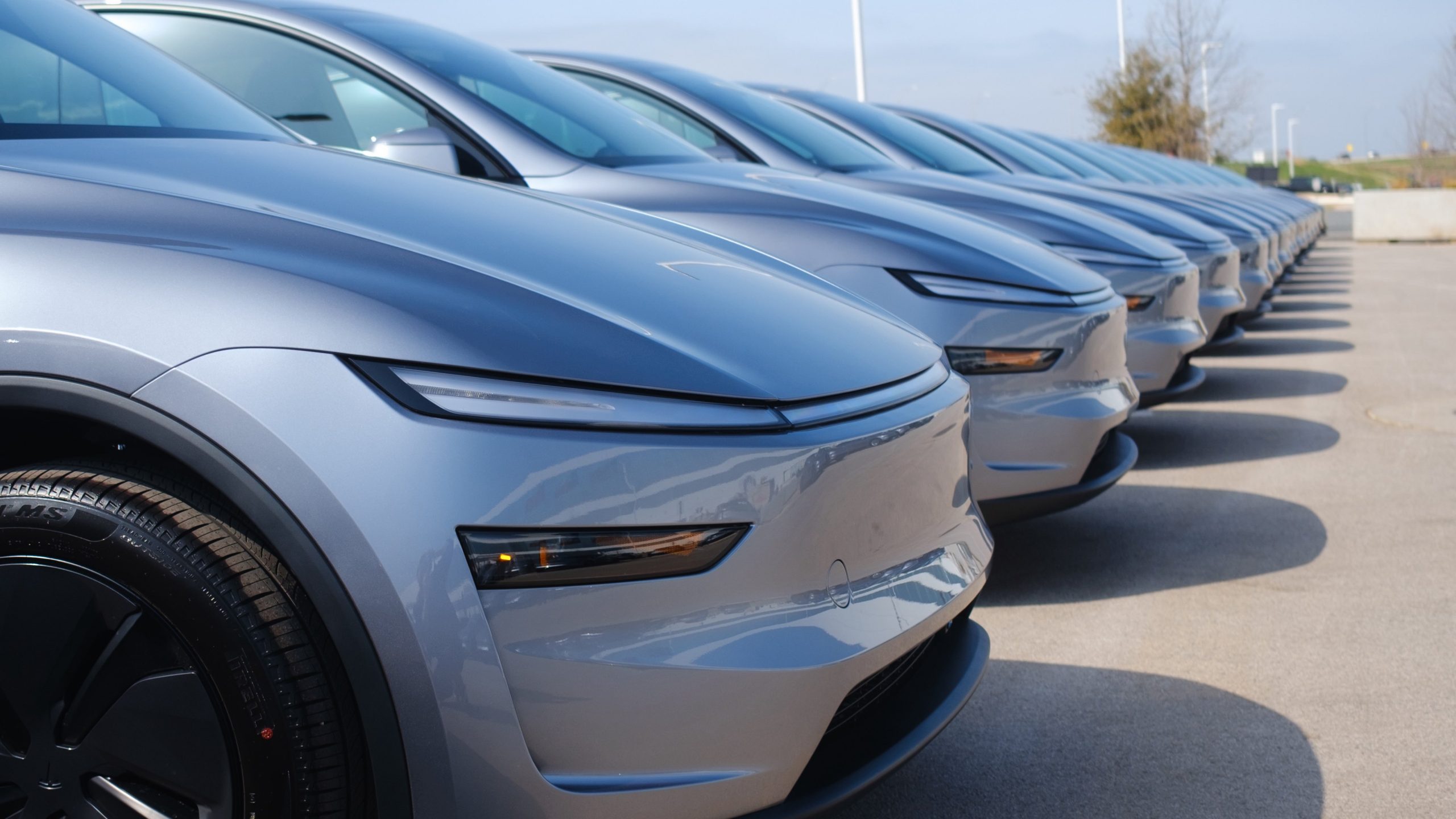
Tesla Model Y configurations are getting hefty discounts and more benefits as the company is in the phase of its final sales push for the year.
Tesla is offering up to $1,500 off new Model Y Standard trims that are available in inventory in the United States. Additionally, Tesla is giving up to $2,000 off the Premium trims of the Model Y. There is also one free upgrade included, such as a paint color or interior color, at no additional charge.
NEWS: Tesla is now offering discounts of up to $1,500 off new Model Y Standard vehicles in U.S. inventory. Discounts of up to $2,000 are also being offered on Model Y Premiums.
These discounts are in addition to the one free upgrade you get (such as Diamond Black paint) on… pic.twitter.com/L0RMtjmtK0
— Sawyer Merritt (@SawyerMerritt) December 10, 2025
Tesla is hoping to bolster a relatively strong performance through the first three quarters of the year, with over 1.2 million cars delivered through the first three quarters.
This is about four percent under what the company reported through the same time period last year, as it was about 75,000 vehicles ahead in 2024.
However, Q3 was the company’s best quarterly performance of all time, and it surged because of the loss of the $7,500 EV tax credit, which was eliminated in September. The imminent removal of the credit led to many buyers flocking to Tesla showrooms to take advantage of the discount, which led to a strong quarter for the company.
2024 was the first year in the 2020s when Tesla did not experience a year-over-year delivery growth, as it saw a 1 percent slide from 2023. The previous years saw huge growth, with the biggest coming from 2020 to 2021, when Tesla had an 87 percent delivery growth.
This year, it is expected to be a second consecutive slide, with a drop of potentially 8 percent, if it manages to deliver 1.65 million cars, which is where Grok projects the automaker to end up.
Tesla will likely return to its annual growth rate in the coming years, but the focus is becoming less about delivery figures and more about autonomy, a major contributor to the company’s valuation. As AI continues to become more refined, Tesla will apply these principles to its Full Self-Driving efforts, as well as the Optimus humanoid robot project.
Will Tesla thrive without the EV tax credit? Five reasons why they might
These discounts should help incentivize some buyers to pull the trigger on a vehicle before the year ends. It will also be interesting to see if the adjusted EV tax credit rules, which allowed deliveries to occur after the September 30 cutoff date, along with these discounts, will have a positive impact.








